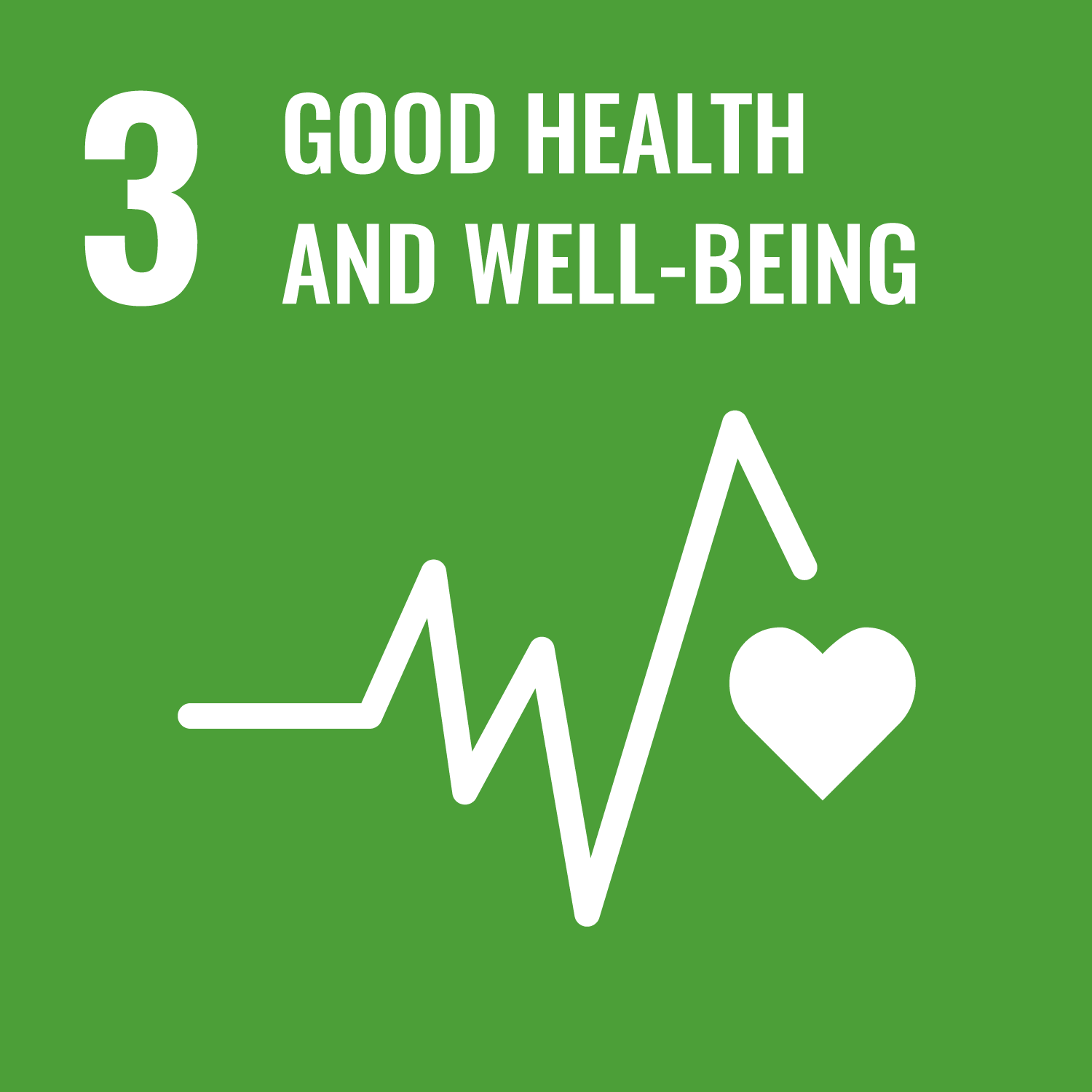Goessens, T., Tesfamariam, K., Njobeh, P.B. et al. (8 more authors) (2025) Incidence and mortality of acute aflatoxicosis: A systematic review. Environment International, 199. 109461. ISSN 0160-4120
Abstract
Background
Aflatoxins are mycotoxins produced by Aspergillus fungi in crops intended for food and feed. Acute exposure to high levels of aflatoxin B1, one of the most toxic mycotoxins, can result in severe poisoning, defined as acute aflatoxicosis, which manifests as acute hepatic failure followed by death in severe cases. Currently global burden estimates of acute aflatoxicosis are lacking – in contrast to burden estimates of chronic exposure – making it difficult to implement and prioritize risk management strategies in the prevention and control of aflatoxin exposure.
Aim
This systematic review assessed global evidence on the incidence and mortality of acute aflatoxicosis from 1990 to 2023. While symptomology & disease duration was also examined, it served as a secondary outcome to provide additional clinical context.
Search Strategy and Eligibility
A structured search was conducted in PubMed, Web of Science, Embase, Scopus, INASP and grey literature. Studies were imported into Covidence for review.
Study Selection and Extraction
Two independent reviewers screened and extracted titles, abstracts, and full texts. Eligible studies included all human studies.
Results
From 11,539 references, 9 studies were included. Heterogeneity existed in study design, region, age of the study population and aflatoxin analysis. Number of cases ranged from 1 to 317, with aflatoxin concentrations varying widely, i.e. between 10 and 51,100 µg/kg in food, 36 and 209,000 pg/mg albumin in serum, and 19 and 18,521 pg/g in tissue. Only one outbreak provided sufficient data to estimate an attack rate of 8 cases per 100,000. Mortality ranged from 16.2 to 76.5 %, affecting children under 15 and adults over 40 most severely. Common symptoms included vomiting (77–100 %), jaundice (88–100 %), and abdominal pain (8–87 %). The risk of bias was generally low.
Conclusion
This review shows that acute aflatoxicosis remains a significant public health burden, especially among vulnerable groups in African countries, although the variability in studies and lack of standardized reporting make burden estimation difficult, highlighting the need for better warning systems and standardized reporting, despite challenges with infrastructure and resources in affected areas.
Metadata
| Item Type: | Article |
|---|---|
| Authors/Creators: |
|
| Copyright, Publisher and Additional Information: | © 2025 Published by Elsevier Ltd. This is an open access article under the CC BY IGO license (http://creativecommons.org/licenses/by/3.0/igo/). |
| Keywords: | Aflatoxins, Acute aflatoxicosis, Systematic review, Dietary exposure, Population studies |
| Dates: |
|
| Institution: | The University of Leeds |
| Academic Units: | The University of Leeds > Faculty of Environment (Leeds) > School of Food Science and Nutrition (Leeds) |
| Depositing User: | Symplectic Publications |
| Date Deposited: | 23 May 2025 10:31 |
| Last Modified: | 23 May 2025 10:31 |
| Published Version: | https://www.sciencedirect.com/science/article/pii/... |
| Status: | Published |
| Publisher: | Elsevier |
| Identification Number: | 10.1016/j.envint.2025.109461 |
| Related URLs: | |
| Sustainable Development Goals: | |
| Open Archives Initiative ID (OAI ID): | oai:eprints.whiterose.ac.uk:227039 |


 CORE (COnnecting REpositories)
CORE (COnnecting REpositories) CORE (COnnecting REpositories)
CORE (COnnecting REpositories)